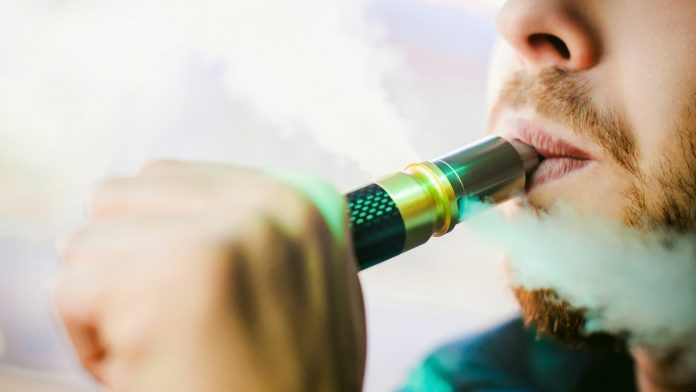
Over the past year, the Food and Drug Administration has seemed determined to “wipe out the entire vaping industry.” As former FDA Commissioner Scott Gottlieb, who spearheaded much of the current anti-vaping movement,” notes: “the FDA is so concerned about the dangerous effects of e-cigarettes on American youth that the products may have to be pulled from stores.”
After demanding several e-cigarette companies provide comprehensive plans to prevent teen vaping, fining over 1,300 retailers, raiding e-cigarette company Juul’s headquarters to confiscate documents, and an unexpected change in leadership, vaping products are finally being pulled.
The FDA recently banned flavored vaping products that allegedly appeal to minors. As of January 2, vaping manufacturers have thirty days to remove mint, fruit, and dessert flavored e-cigarette products. Banning these flavors is (another) tremendous blow to vaping manufacturers. Flavored vaping pods currently make up 40 percent of all sales in the US vaping market.
Even though recent bans have yet to take effect, many are already calling for more regulation. As a letter addressed Commissioner Stephen Hahn from thirty-one Senate Democrats expresses:
The newly announced e-cigarette flavors policy, which represents an alarming reversal from what the Administration promised, is weak and unlikely to have a meaningful impact on e-cigarette use by youth.
The letter continues:
As the newly confirmed FDA Commissioner [Hahn], you have the opportunity—and the obligation—to take meaningful action to address the ongoing youth vaping crisis. FDA’s recently announced compliance policy fails to prioritize children, families, and the public health.
Will these calls to action motivate the FDA to enact more vaping restrictions? Outrage from a concerned public and pledges for “aggressive action” on the vaping industry by Commissioner Hahn suggests so. Further, previous legislation aimed to curb teenage vaping called for a complete ban of all flavored e-cigarette products and flavored methanol products. If the FDA’s historic crackdown continues, these and other heavy-handed restrictions may soon follow.
Unfortunately, such expansion in regulatory power comes at the expense of our freedom and our health.
A predictable, although often overlooked, a consequence of regulating vices is that they often motivate those affected to engage in less healthy behaviors.
Restrictions on physicians’ ability to prescribe opioids motivate patients to seek out illicit alternatives, including heroin. Taxing soft drinks frequently results in more consumption of alcoholic beverages or sugary fruit drinks. Banning access to e-cigarettes will likely lead vapers to smoke more cigarettes, which are more deadly and addictive.
This is not to say we should do nothing about current teenage vaping use. Current usage rates are concerning. However, as economist Thomas Sowell reminds us, a better question is who should decide what to do?
Many blaming current teen vaping rates on a lack of government oversight seem to that the FDA originally passed sweeping regulations for e-cigarettes in 2016. However, teen vaping rates have risen considerably since the FDA became involved. In contrast, teenage vaping rates were considerably lower while vaping policy was determined at the state level. Even currently, several states and cities have passed vaping restrictions where they felt the federal regulations were insufficient.
I sympathize with those concerned about current teen vaping rates. Vaping can be dangerous. Unfortunately, regulating vaping is also dangerous for teens and adults. To truly “prioritize children, family, and the public health,” we should consider returning vaping policy to the states and telling the FDA to stop regulating e-cigarettes cold turkey.